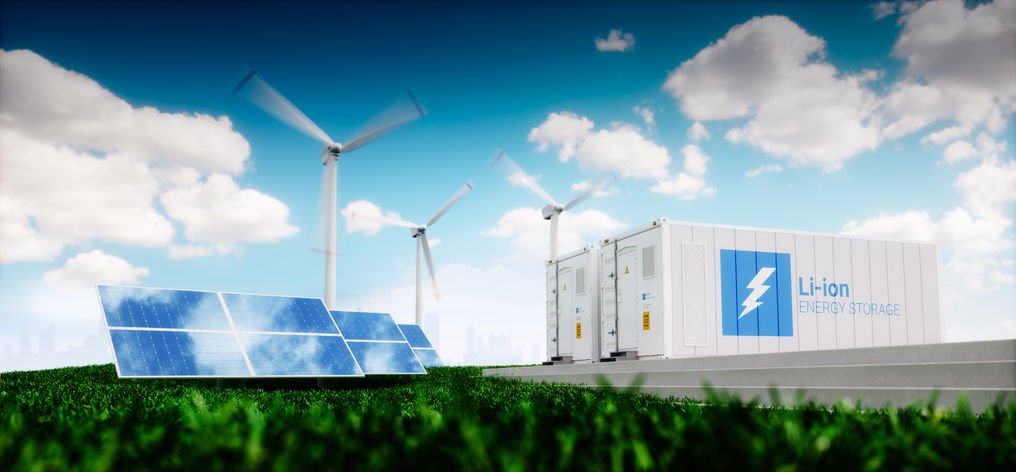Just weeks after the 12th International Renewable Energy Storage Conference (IRES2018) concluded in Düsseldorf, Germany, newly announced figures from Bloomberg New Energy Finance (BNEF) confirmed that battery storage technologies coupled with rapidly expanding renewables are blunting new fossil fuel investments.
BNEF’s 2017 figures show that over $330 billion was invested in renewables with comparative costs worldwide showing an 18% improvement in the competitiveness of onshore wind and solar as well as a rapidly developing role for batteries.
As a result of falling barriers to installation, the levelized cost of electricity (LCOE) for all the leading technologies is decreasing. This is causing fossil fuel power to face an unprecedented challenge in all three roles it performs in the energy mix: the supply of bulk generation, the supply of dispatchable generation, and the provision of flexibility. With capital costs for renewables falling and both generation limits and efficiencies rising, when coupled with the plummeting costs of storage—given its inherent ability to smooth output, and if necessary, shift the timing of supply—fossil fuel power stations are simply being fenced in.

“Our team has looked closely at the impact of the 79% decrease seen in lithium-ion battery costs since 2010 on the economics of this storage technology in different parts of the electricity system. The conclusions are chilling for the fossil fuel sector,” said Elena Giannakopoulou, head of energy economics at BNEF. “Some existing coal and gas power stations, with sunk capital costs, will continue to have a role for many years, doing a combination of bulk generation and balancing, as wind and solar penetration increase. But the economic case for building new coal and gas capacity is crumbling, as batteries start to encroach on the flexibility and peaking revenues enjoyed by fossil fuel plants.”
Read more: PowerMag


